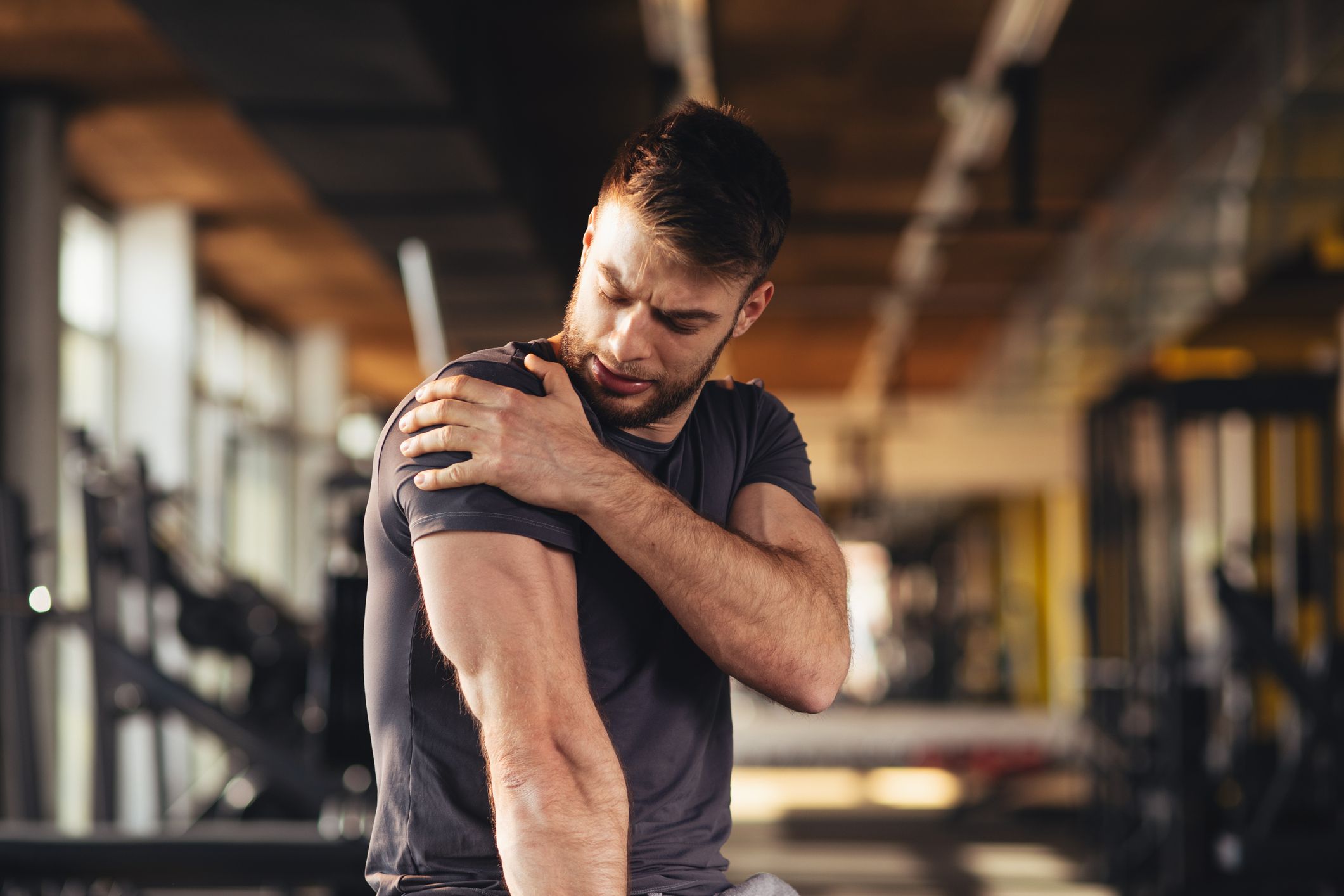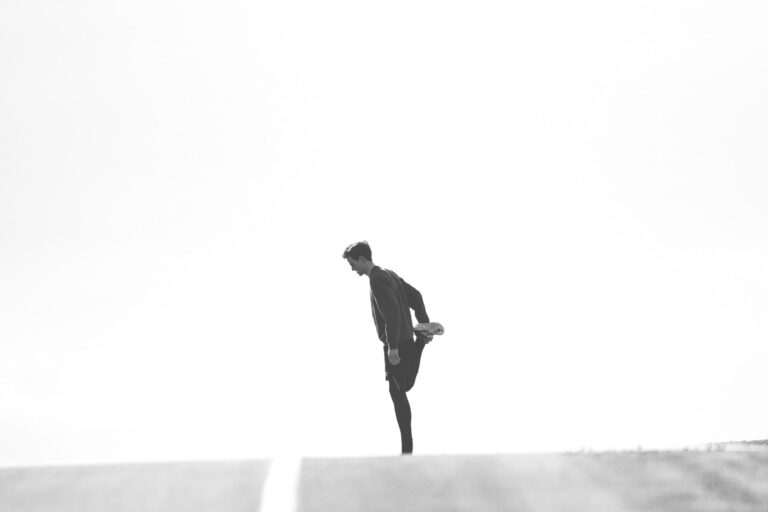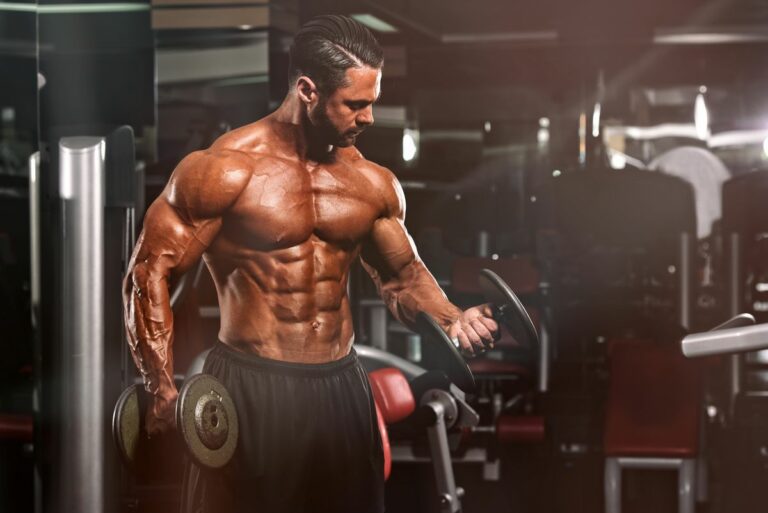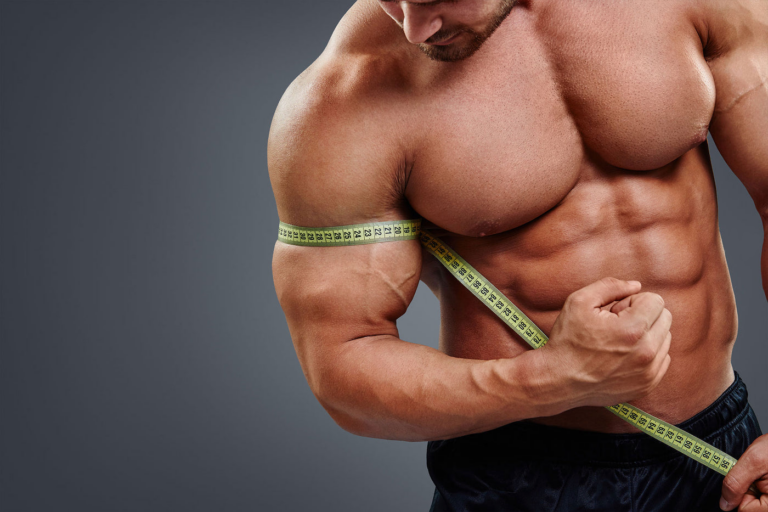UNDERSTANDING MUSCLE SORENESS: IS IT NECESSARY FOR HYPERTROPHY?
On the journey toward muscle growth and a chiseled form, the familiar ache of muscle soreness post-workout is a sensation many fitness enthusiasts welcome as a symbol of advancement. Yet, does this discomfort truly signal muscle growth? Let’s explore the correlation between muscle soreness and hypertrophy to unveil the reality beneath.
Dispelling the Old Myths
Previously, it was believed that muscle soreness resulted from lactic acid buildup during workouts. However, recent research has shown that this isn’t the case. The prevailing theory then shifted toward microscopic muscle tears as the main culprit behind muscle soreness.
Although muscle damage does contribute to muscle soreness, it’s not the sole factor. Surprisingly, connective tissue can be a source of soreness as well. Thus, the soreness you experience isn’t solely due to muscle damage, but also involves the intricate network of connective tissues.
Various elements influence muscle soreness, including your training regimen, diet, recovery strategies, and genetic predisposition. This diversity explains why individuals experience different levels of soreness from identical workouts.
Eccentric Movements & Soreness
Eccentric muscle actions, such as the lengthening phase of a movement, can trigger more soreness compared to concentric contractions. For example, downhill running elicits more soreness due to increased eccentric stress in hip and leg muscles.
The Three Pillars of Muscle Growth
Muscle growth hinges on progressive overload, metabolic stress, and muscle damage. While muscle damage indeed contributes to muscle growth, it’s not an absolute requirement. Moreover, the degree of soreness doesn’t directly correlate to the extent of muscle damage.
Training for Progression, Not Soreness
The goal of training is to achieve progression, not solely to experience soreness. Working out with sore muscles doesn’t necessarily hinder recovery or impede muscle growth.
Managing & Minimizing Soreness
Research indicates that massage is an effective strategy to alleviate DOMS. Active recovery also plays a role in reducing muscle soreness resulting from intense training.
Delayed Onset Muscle Soreness (DOMS)
Delayed-onset muscle soreness (DOMS), often referred to as the aching discomfort that surfaces a day or two post-exercise, is common among newcomers to resistance training. Certain exercises induce more DOMS than others, and with repetition, this soreness is mitigated thanks to the “repeated bout effect”.
DOMS arises several hours after exercise, peaking around 24 to 72 hours post-workout. It primarily affects movement, making activities like walking, stretching, or working out uncomfortable. Though DOMS can inhibit muscle function, it’s generally a minor inconvenience.
The Role of Muscle Damage in DOMS
Over a century after its discovery, the theory proposed by Theodore Hough still holds that DOMS results from small tears within muscle cells. This microtrauma impairs nutrient processing within muscle cells, triggering an inflammatory response. Consequently, delayed-onset muscle soreness ensues, usually apparent hours after exercise.
DOMS is linked to muscle damage, with beginners or those returning to training being more susceptible. Initial or intermittent lifting is associated with more severe soreness compared to long-term lifters.
Easing DOMS
Soreness vs. Muscle Growth
While soreness may accompany effective workouts, it’s not a definitive measure of muscle growth. Instead, focus on consistent progression, proper nutrition, and adequate recovery to achieve your muscle-building goals.
The significance of muscle soreness is often misunderstood. It’s more a signal that your body encountered new stimuli or engaged in demanding exercises, rather than a definitive marker of an “effective workout.” So, don’t be concerned if your workouts don’t result in soreness; it doesn’t equate to insufficient muscle growth. Avoid pursuing workouts solely for the sake of inducing soreness; this doesn’t necessarily accelerate muscle development. Instead, prioritize intensive training, proper nutrition, and adequate recovery for optimal results, regardless of soreness. Your journey to success involves commitment and smart choices, irrespective of post-workout discomfort.
FAQ
Muscle soreness doesn't directly equate to muscle growth. It's more a sign of new challenges faced during workouts rather than a definitive marker of growth.
Extreme soreness isn't necessary for effective workouts. Prioritize proper training progression, nutrition, and recovery for optimal results.
Sore muscles don't necessarily hinder recovery. Active recovery methods like massage and gentle movement can actually aid in reducing muscle soreness.
DOMS, or delayed onset muscle soreness, is common but not a definitive measure of progress. Focus on consistent progression and overall muscle-building strategies.
DOMS typically peaks around 24 to 72 hours post-workout and gradually subsides. It's usually a minor inconvenience and decreases with repeated workouts.
Working out with DOMS depends on its severity. Light to moderate exercise might help alleviate discomfort, but listen to your body and avoid overexertion.
Yes, you can achieve muscle growth without extreme soreness. Focus on progressive overload, proper nutrition, and recovery for sustainable results.




